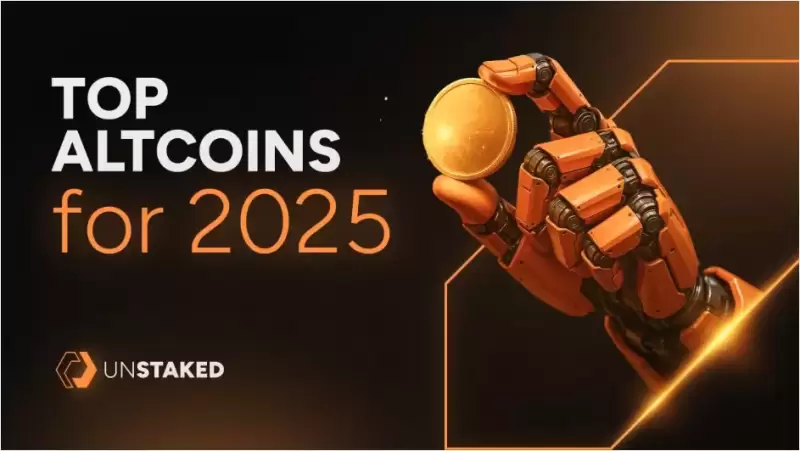Memecoins have dominated the crypto narrative over the past year, leading to a series of high-profile events where most traders lost money
The past year has been dominated by the memecoin narrative, leading to a series of events that have left most traders in the red and insiders in the black. With the Libra token alone leading to an estimated $4.4 billion in public losses by some estimations, this cycle contrasts sharply with previous cycles where broader market growth rewarded holders with a chance to exit in profit.
However, today’s memecoin speculation has created an environment where the average trader’s chances of success are slim to none. How did memecoins manage to drive the market to such a dead end, and will this ever end?
Investing and speculation are fundamentally different games with distinct rules. Investing isn’t about making quick money. It is about purchasing the right assets to protect capital in the long haul. Usually, investors don’t wait for the “right” entry point but purchase assets to be held for years. Such assets grow relative to fiat currencies based on fundamental factors. For example, stocks, gold and Bitcoin (BTC) rise against the US dollar, which faces unlimited issuance and inflation.
Some assets have extra growth drivers — rising property demand, growing company profits or even Bitcoin adoption by governments — but these are bonuses. The key point is that your investment is not supposed to lose all its value against the fiat. Investors follow long-term macroeconomic trends, which helps them preserve purchasing power.
On the other hand, speculation is a zero-sum game where the skilled minority profits because of the uninformed majority. Typically, such people are chasing quick profits. This is what happens with memecoins. Unlike traditional investments, they lack intrinsic value, dividends or interest returns. While in the case of Bitcoin, the “greater fools” who buy after a trader could be companies adopting the Bitcoin standard, followed by entire nations establishing strategic Bitcoin reserves after the US, in the case of a token like LIBRA, the greater fool is the one who bought it after Javier Milei’s announcement on X. That’s it — there are no more buyers.
Memecoins operate similarly to online casinos. They provide entertainment and promise quick profits but favor only those who create and promote them. Unlike regulated gambling, where risks are well-known, memecoins are often hyped by influential figures — starting from the famous crypto influencer Murad and ending with the US president — and, consequently, social media narratives. The harsh reality is that, like in a casino, the odds overwhelmingly favor insiders and early adopters while the majority suffer losses.
Recent: Solana’s token minting frenzy loses steam as memecoins get torched
The memecoin craze clearly thrives on speculation and psychological triggers — this is the game that evolves emotions and leaves players’ wallets empty. Platforms like Pump.fun, which facilitate memecoin launches, have reaped massive profits, proving that selling shovels is the best way to profit from a gold rush. How can opening a casino require a license and choosing a.



















































































